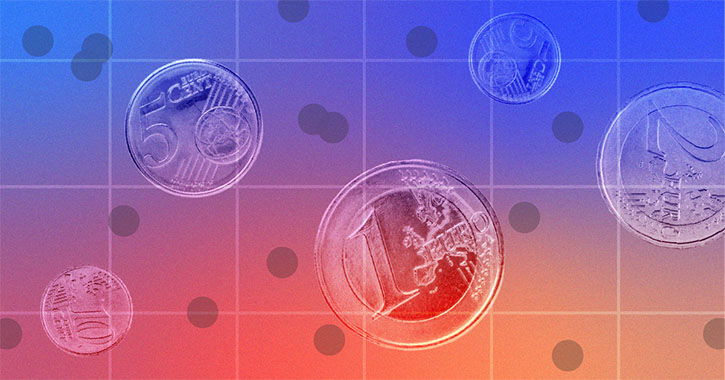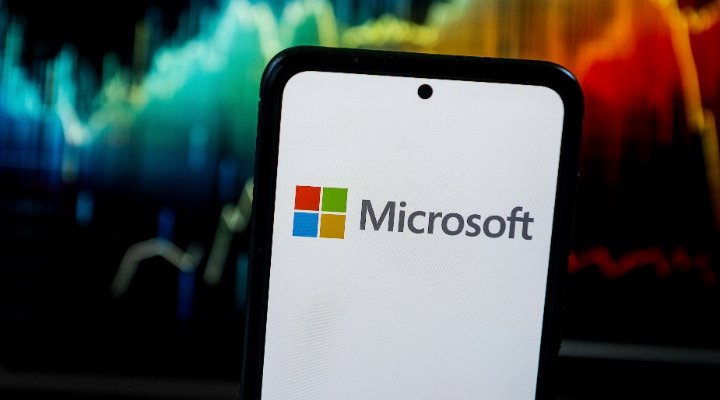Ollie Smith: It's income week here at Morningstar.co.uk. So, I'm talking to two JPMorgan fund managers with very different approaches to the I word. The first is Sam Witherow, who manages the JPMorgan Global Equity Income Fund.
Sam, thanks so much for joining me. I just want to talk a little bit about this year because it's been a turbulent year for equities, hasn't it? What kind of headwinds are you expecting next year, in 2023?
Sam Witherow: Yeah, unfortunately, quite a lot. I think the most obvious one is the recession that we're now embedding into our forecasts and our valuations for the stocks that we look at. And that's compounded by the fact that the market hasn't really got its head around this. We still think that people are extrapolating profitability levels that are still way too high coming out of COVID. A lot of companies trying to hang on to COVID pandemic pricing gains. And typically, what happens with the recession is that dividends get cut. So, dividends would normally get cut at about half the rate of earnings. That's typically what we've seen in prior recessions. But I do think, from a dividend perspective, there's a silver lining here. And this is the fact that this crisis has only come two years after the last crisis. And that means that global dividends have really only recovered off a very low base. And that means that payout levels globally at about 36% are well below the long-term trend.
So, I think that means there's a lot of cushion in corporate profitability before they start having to look at the dividend. And we're even seeing this play out in markets today, because we're seeing earnings expectations, forecasts start to roll over, but dividend expectations are still marching higher, and I think that's a pretty good sign for us that we should expect much better dividend resiliency in this downturn. And then, for us, the goal really is to find companies with resilient pricing power that can hang on to some of those gains. So, typically, we're thinking about global brands here, like Coca-Cola or companies with sort of a very niche advantage in particular areas of tech or industrials like Eaton, which produces the transformers we need to power the new grid that we're all investing in.
OS: In terms of silver linings and that kind of theory that you spoke about, how does that apply in practice to fund's top holding, which I believe is Microsoft? Can you talk a little bit that? How does that work in practice?
SW: Sure. So, just a bit of background. What we're typically trying to do in this fund is invest in these compounder-type stocks with yields between 2% to 4% and very steady resilient growth. We then make, sort of, slightly more tactical allocations to the fastest dividend growth stocks and the highest dividend yield stocks. Microsoft is clearly in the fastest dividend growth camp. It's got a yield of only about 1.3%, but a long track record of growing that very rapidly we think at around mid-teens going forward. Now, clearly, this is a stock that's been caught up in the growth sell-off that we've seen this year, partly as a result of the big run up over the last few years. But it's worth saying this is clearly not a meme stock. This company was around and thriving the last time there was an Internet bubble. We think the business has only got stronger since. So, we know them for Windows. We know them for Office. But really, the biggest driver of future profitability is now Azure, the top two cloud infrastructure service, probably the best one out there we think as well. And that's still growing at a 30% run rate. And that's a business with $40 billion in revenue now. So, pretty incredible growth, and we think that will power Microsoft forward over the next decade as well. It's now actually trading at a pretty reasonable multiple, too. So, back at kind of 18 times what we consider normalized earnings. If it underperforms a little bit further from here, then we'll keep adding.
OS: Interesting. Okay. Let's just talk about the U.K. for a second, because that's very much a U.S. success story, isn't it? But you've got around a 5% weighting to the U.K. What are the holdings that make up that weighting? And can tell me a little bit more about your outlook on the U.K….?
SW: Yeah, sure. Okay. So, we have four stocks in the U.K. We have AstraZeneca, the pharmaceuticals company. It's a big leader in the new field of immune-oncology. We've got Diageo, the big global spirits company, owner also of Guinness, a personal favorite. We've got RELX, which is the digital publishing business, and we've got InterContinental Hotels, the international hotel group. All of these are global leaders. They're multinational global leaders. As such, the backdrop for the U.K. macro economy doesn't really feed into their business success or failure very much. They're very global businesses. But I do think there is an element to which we've seen a little bit of pollution from this U.K. macro noise into these valuations. They are a little bit discounted relative to global peers as a result, and we've been trying to take advantage of that by building up these positions gradually. And look, should this situation persist, we'll try and find other opportunities as well to find more U.K. multinational gems.
OS: And from the metaphorical pollution to actual pollution, the fund is ESG integrated, or so you say. So, what does that mean in terms of process for you as a manager?
SW: Yeah. Firstly, can I just say what it isn't?
OS: Sure. Absolutely.
SW: Maybe that would be a good point. So, we've got 93 fundamental analysts worldwide. We've got 33 sustainable investing professionals. What we're not doing is taking the forecasts and valuations from those fundamental analysts and comparing them with the sustainability insights from our sustainability team and then trying to say, well, this is a cheap stock with poor ESG, and this is an expensive stock with weak ESG and how do we balance those two things? I think that is a recipe for failure.
What you have to do is integrate those ESG insights into your financial forecasts and into your valuations. So, I'll give you a good example. So, we own a company called Equinix, which is the world's largest provider of colocation data centers. Now data centers are incredibly power hungry. We all know that. But what Equinix does is it sources over 95% of electricity needs from renewable sources. Now, that's a good thing for environmental stakeholders like us, but it's clearly something that they can price quite effectively with their clients, who are also trying to reduce their greenhouse gas footprint. So, it means higher market share, faster revenue growth, higher cash flows, better dividend growth back to us.
OS: Okay. Thank you very much. For more on income, check out Morningstar.co.uk throughout this week. Until next time, my thanks to Sam. I've been Ollie Smith for Morningstar.









.jpg)


















